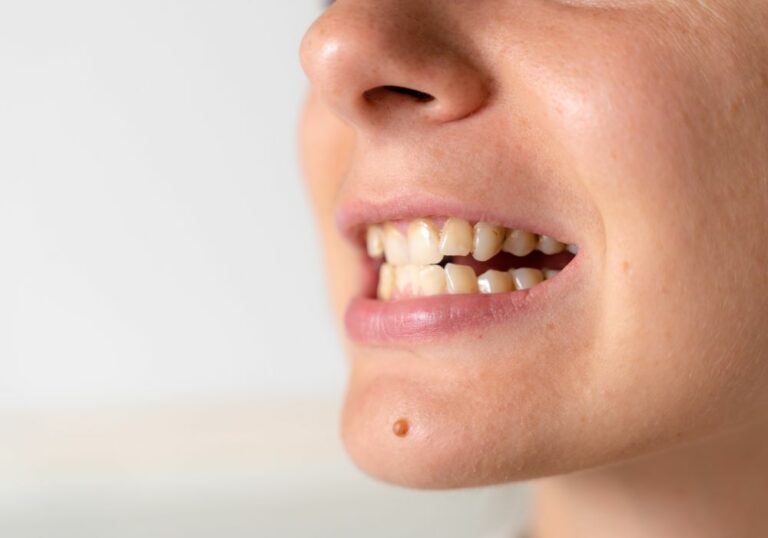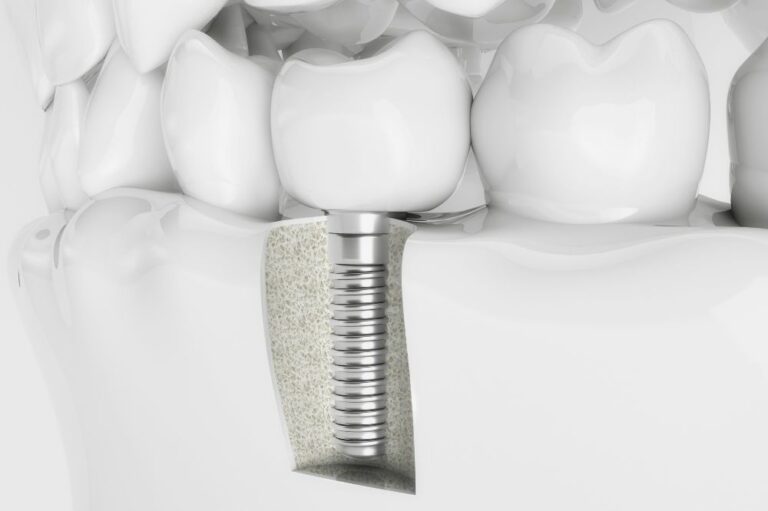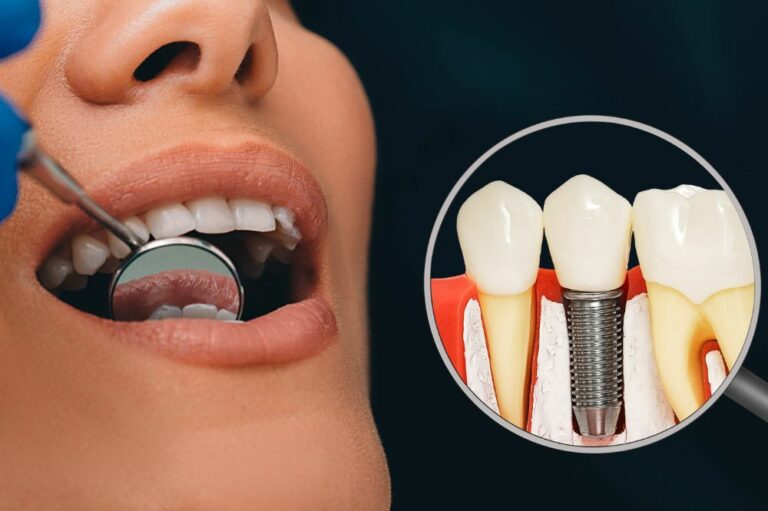Some people are lucky enough to have naturally white teeth, while others have a more yellow hue. But why is this the case? There are several factors that can affect the color of our teeth, including genetics, environment, and age-related changes.
Genetics play a role in determining the thickness and characteristics of the enamel and dentin within our teeth, which can give off different colors. Environmental factors such as diet, smoking, and oral hygiene habits can also impact the color of our teeth. Additionally, age-related changes such as thinning enamel and exposure to staining substances over time can cause teeth to appear more yellow.
Key Takeaways
- Genetics, environment, and age-related changes can all affect the color of our teeth.
- Environmental factors such as diet, smoking, and oral hygiene habits can impact tooth color.
- Age-related changes such as thinning enamel and exposure to staining substances over time can cause teeth to appear more yellow.
Genetic Factors
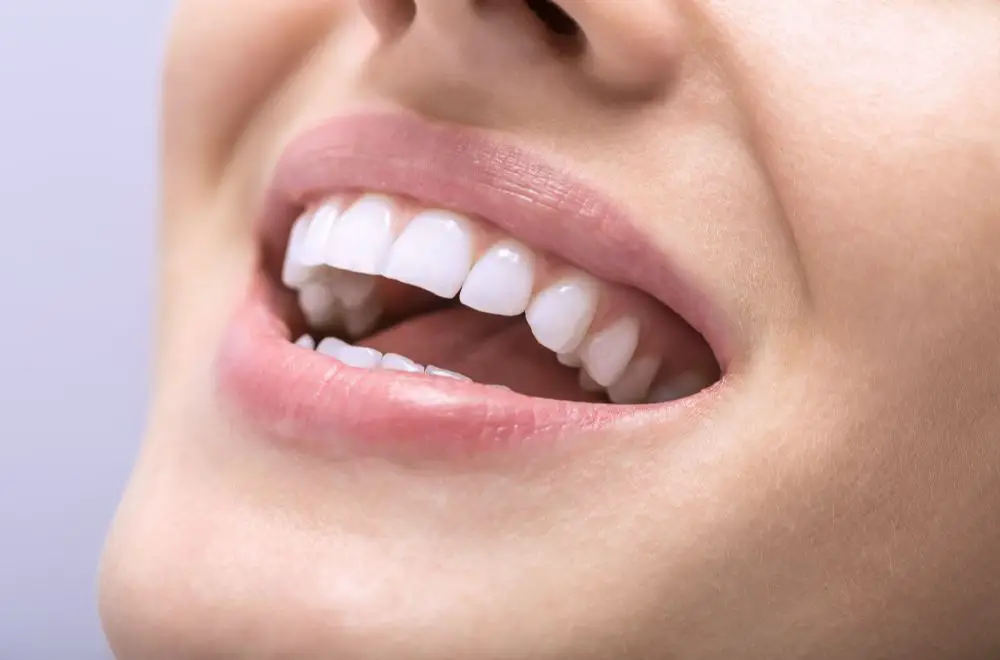
According to New York City-based cosmetic dentist Victoria Veytsman, DDS, natural tooth color is determined by genetics, similar to hair or eye color. This means that some people are born with naturally whiter teeth than others.
Research has shown that there are certain genes that are responsible for tooth color. These genes control the production and distribution of melanin, the pigment that gives color to our hair, skin, and eyes. Melanin also affects the color of our tooth enamel.
Some people have a genetic variation that causes them to produce less melanin in their tooth enamel, resulting in naturally whiter teeth. Others may have a genetic variation that causes them to produce more melanin, resulting in naturally darker or more yellow teeth.
It’s important to note that genetics is just one factor that contributes to tooth color. Environmental factors such as diet, smoking, and oral hygiene also play a role in the color of our teeth.
In conclusion, genetic factors can influence the natural color of our teeth. However, it’s important to maintain good oral hygiene and avoid habits such as smoking that can cause tooth discoloration.
Environmental Factors
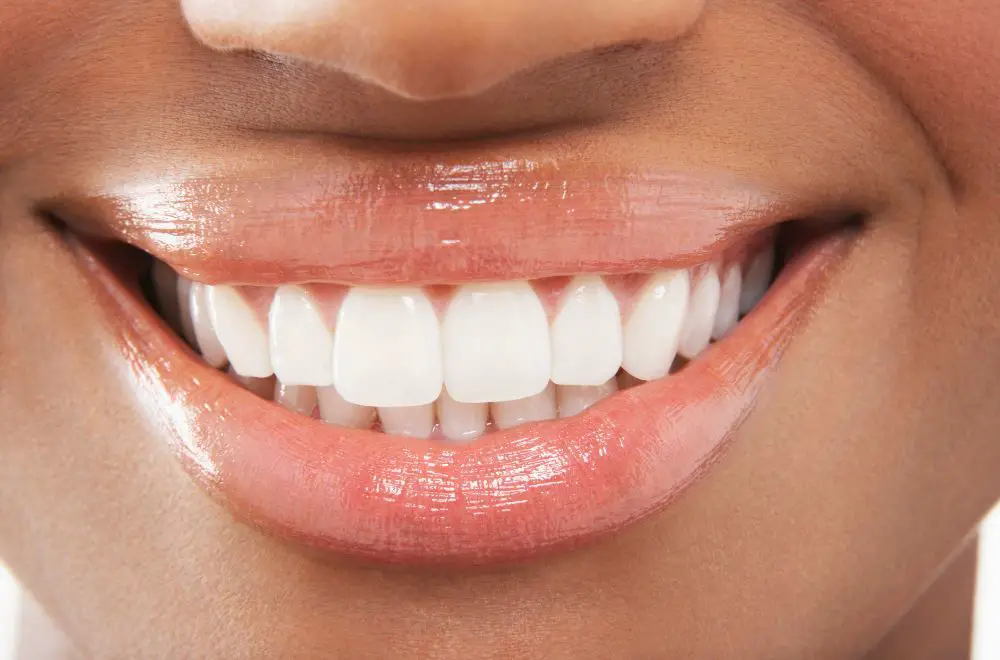
Environmental factors play a significant role in the natural whiteness of teeth. Teeth are similar to the rings on a tree, they reveal a lot about a person’s health and history. Here are two important factors that can affect the whiteness of teeth:
Diet and Lifestyle
Certain foods and drinks can contribute to the discoloration of teeth. Foods that are high in sugar and carbohydrates can cause bacteria to grow in the mouth, leading to plaque buildup and tooth decay. Additionally, acidic foods and drinks can erode the enamel on teeth, making them more susceptible to staining.
Smoking and using other tobacco products can also cause teeth to yellow or become discolored. Nicotine and tar can stick to teeth, causing them to become yellow or brown over time.
Oral Hygiene Practices
Maintaining good oral hygiene practices is essential for keeping teeth white and healthy. Brushing twice a day and flossing daily can help remove plaque and prevent tooth decay. Using mouthwash can also help kill bacteria and freshen breath.
However, over-brushing or using a toothbrush with hard bristles can actually damage the enamel on teeth, making them more susceptible to staining. It’s important to use a soft-bristled toothbrush and to brush gently in a circular motion.
In conclusion, environmental factors such as diet, lifestyle, and oral hygiene practices can all affect the natural whiteness of teeth. By making small changes to your diet and lifestyle and maintaining good oral hygiene practices, you can help keep your teeth white and healthy.
Biological Factors
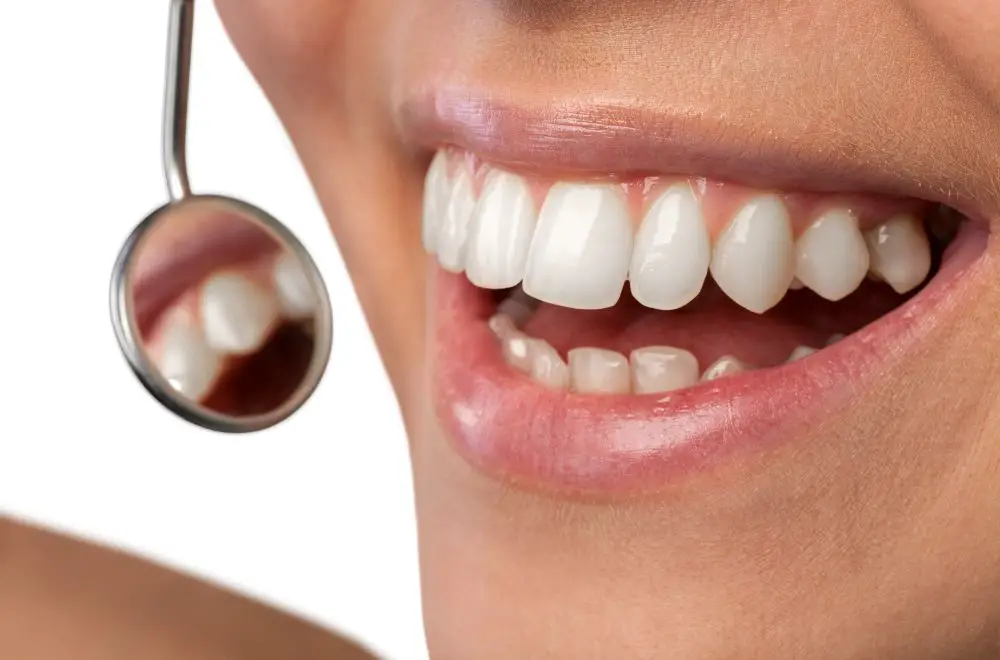
Tooth Enamel Thickness
One of the biological factors that contributes to the natural whiteness of teeth is the thickness of the tooth enamel. Tooth enamel is the hard, outer layer of the tooth that protects the underlying dentin. Thicker enamel tends to be whiter in color, while thinner enamel can appear more yellow or gray.
Studies have shown that genetics play a role in determining the thickness of tooth enamel. Additionally, factors such as nutrition, oral hygiene, and exposure to fluoride during tooth development can also affect enamel thickness.
Dentin Color
Another factor that contributes to the natural color of teeth is the color of the underlying dentin. Dentin is the layer of the tooth that lies beneath the enamel and gives teeth their yellowish color.
The color of dentin can vary from person to person, and genetics play a significant role in determining its color. Additionally, factors such as age, trauma, and certain medications can also affect the color of dentin.
Overall, biological factors such as enamel thickness and dentin color play a significant role in determining the natural whiteness of teeth. While there are various methods available to whiten teeth, it’s important to keep in mind that the natural color of teeth can vary widely from person to person.
Age-Related Changes
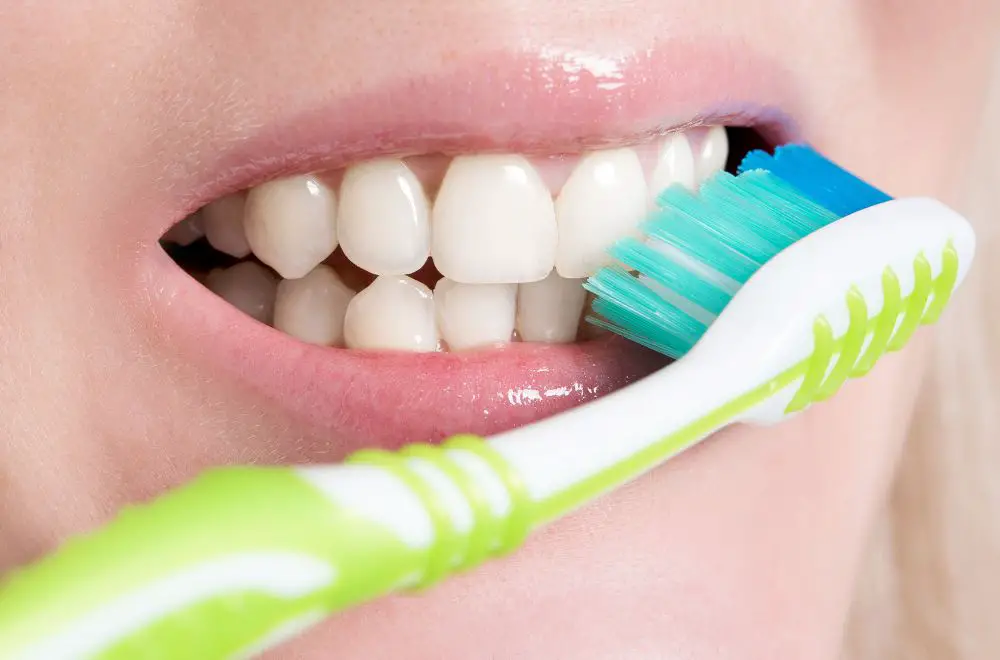
As we age, our teeth undergo a natural process of wear and tear. This can cause a range of changes that affect the color of our teeth. Here are some of the most common age-related changes that can affect tooth color:
- Yellowing of the dentin: The dentin is the layer of tissue that lies beneath the enamel. As we age, the dentin naturally yellows and becomes more visible through the enamel, which can make our teeth appear darker.
- Thinning of the enamel: The enamel is the hard, protective layer that covers the outside of our teeth. Over time, the enamel can become thinner and more transparent, which can also make our teeth appear darker.
- Staining from food and drink: As we age, our teeth can become more porous, which makes them more susceptible to staining from food and drink. Coffee, tea, red wine, and tobacco are some of the most common culprits.
- Changes in oral hygiene habits: As we age, our oral hygiene habits can change. For example, we may not brush and floss as often as we used to, which can lead to a buildup of plaque and tartar on our teeth. This can make our teeth appear darker and more yellow.
While age-related changes can affect the color of our teeth, there are steps we can take to keep our teeth looking their best. Regular brushing and flossing, as well as routine dental cleanings, can help remove surface stains and prevent the buildup of plaque and tartar. Additionally, avoiding foods and drinks that are known to stain teeth can also help keep our teeth looking whiter.
Medical Conditions and Medications

Certain medical conditions and medications can affect the color of your teeth. Here are some examples:
- Antibiotics: Certain antibiotics, such as tetracycline and doxycycline, can cause discoloration of teeth if taken during the development of teeth, which occurs during childhood. These antibiotics can cause yellow, gray, or brown stains on the teeth.
- Fluorosis: Fluorosis is a condition that occurs when too much fluoride is ingested during the development of teeth, which also occurs during childhood. This can cause white or brown spots on the teeth.
- Medications: Some medications, such as antihistamines, antidepressants, and high blood pressure medications, can cause dry mouth, which can lead to tooth discoloration. Additionally, some medications that contain iron or chemotherapy drugs can cause brown or gray stains on the teeth.
- Diseases: Certain diseases, such as celiac disease and hypoparathyroidism, can affect the development of teeth and cause discoloration.
It’s important to note that while medical conditions and medications can affect the color of teeth, it’s not always the case. It’s best to consult with your dentist to determine the cause of your tooth discoloration and the best course of treatment.
Frequently Asked Questions
What factors contribute to natural tooth color variation?
The natural color of teeth can vary due to a combination of factors. Genetics, age, and environmental factors such as diet and lifestyle habits can all play a role in tooth color.
Can genetics play a role in natural tooth color?
Yes, genetics can play a role in tooth color. Some people may have naturally whiter teeth due to genetic factors.
How can diet affect the natural color of teeth?
Diet can have a significant impact on tooth color. Foods and beverages that are high in sugar, acid, or tannins can stain and discolor teeth over time. Additionally, a diet that lacks important vitamins and minerals can weaken tooth enamel and make teeth appear more yellow.
What are some natural ways to whiten teeth?
There are several natural methods for whitening teeth, such as oil pulling, using baking soda, hydrogen peroxide, and maintaining good oral hygiene practices. However, it’s important to note that these methods may not be as effective as professional teeth whitening treatments.
What are the benefits of having naturally white teeth?
Having naturally white teeth can improve confidence and self-esteem, as well as make a person appear more attractive and youthful.
Are there any downsides to having naturally white teeth?
There are no significant downsides to having naturally white teeth. However, it’s important to maintain good oral hygiene practices to prevent tooth decay and gum disease, as well as avoid overusing teeth whitening products, which can cause tooth sensitivity and damage to tooth enamel.

